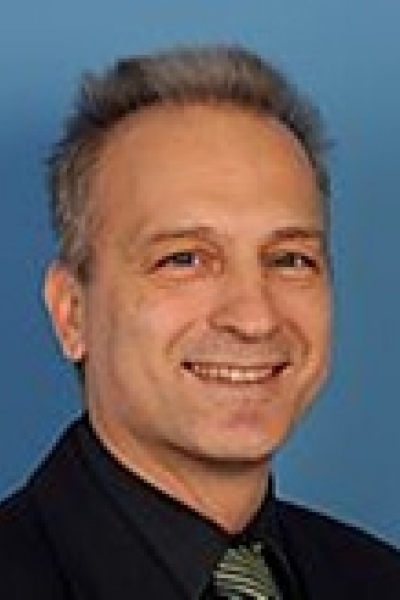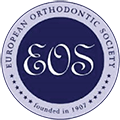
Theodore Eliades, Switzerland
Curriculum vitae
Professor Eliades is Professor and Director of the Clinic of Orthodontics and Paediatric Dentistry, University of Zurich and Visiting Professor at King‘s College, London. He qualified in dentistry from the University of Athens, Greece, completed the postgraduate orthodontic programme at the Ohio State University and earned a Master of Science (Ohio State), a doctorate (University of Athens), and a PhD (University of Manchester). He has published 180 papers, 40 book chapters and edited 10 textbooks.
Professor Eliades is an elected Fellow of the Institute of Materials, Minerals and Mining (IOM3) and is the first dentist admitted as ‘’Fellow’’ in both the Royal Society of Chemistry, and the Institute of Physics (UK). He has been Editor-in-Chief of the Journal of Dental Biomechanics, Associate Editor of the European Journal of Orthodontics, American Journal of Orthodontics and Dentofacial Orthopedics, and Progress in Orthodontics. He was the recipient of the 2014 George Northcroft memorial lecture (British Orthodontic Society) and the 2015 Jan Taylor Visiting Professorship (Australian Foundation for Orthodontic Research and Education). He has served as a member of the World Federation of Orthodontists' task force for harmonization of worldwide postgraduate orthodontic education and the revised Erasmus guidelines committee for postgraduate orthodontic education in Europe (NEBEOP). Work under his supervision has won the Bengt Magnusson prize (International Association of Paediatric Dentistry), the FEO award (EFOSA), European Orthodontic Society best poster prizes and the W J B Houston research poster award.
Lecture
From the orthodontic appliance to the periodontal ligament: the strain pathway across materials and tissues in orthodontics
The lecture attempts to trace the strain distribution in materials (wire, elastomer, bracket, adhesive) and tissues [enamel, periodontal ligament (PDL)], accompanying the engagement of a wire into a bracket slot or insertion of an aligner in the dental arch. The factors modulating the orthodontic force-induced strain are analyzed and the role of modulus of a wide array of materials and tissues in altering the resultant strain will be discussed. Particular emphasis will be given to the structure-property relationship of bracket and wire alloys, stiffness and creep of aligners, force relaxation of elastomers, bracket-slot clearance, as well as manufacturing (metal injection molding, welding) and design (self-ligating) bracket variables, whereas several related misconceptions, which have been spread as traditional beliefs or marketing-driven influences are clarified. In as much, the characteristic biphasic nature of PDL is analyzed to elucidate the notable PDL strain variation for nominally identical stress in cases of collagen defects and resultant connective tissue disorders (rheumatoid arthritis, systemic lupus erythematosus, osteogenesis imperfecta, scleroderma, Marfan syndrome etc). Examples from the relevant orthopaedic/bioengineering literature, which substantiate the decreased stiffness, toughness and strength of affected tissues will be cited, and recent evidence derived from research on mechanical properties of the PDL reviewed, prompting the cautious orthodontic management of patients suffering from autoimmune diseases with connective tissue manifestations.



